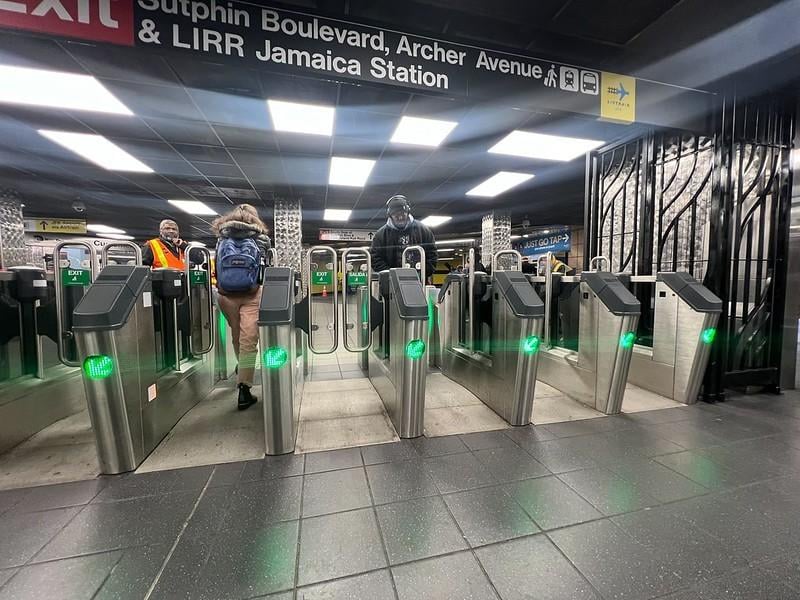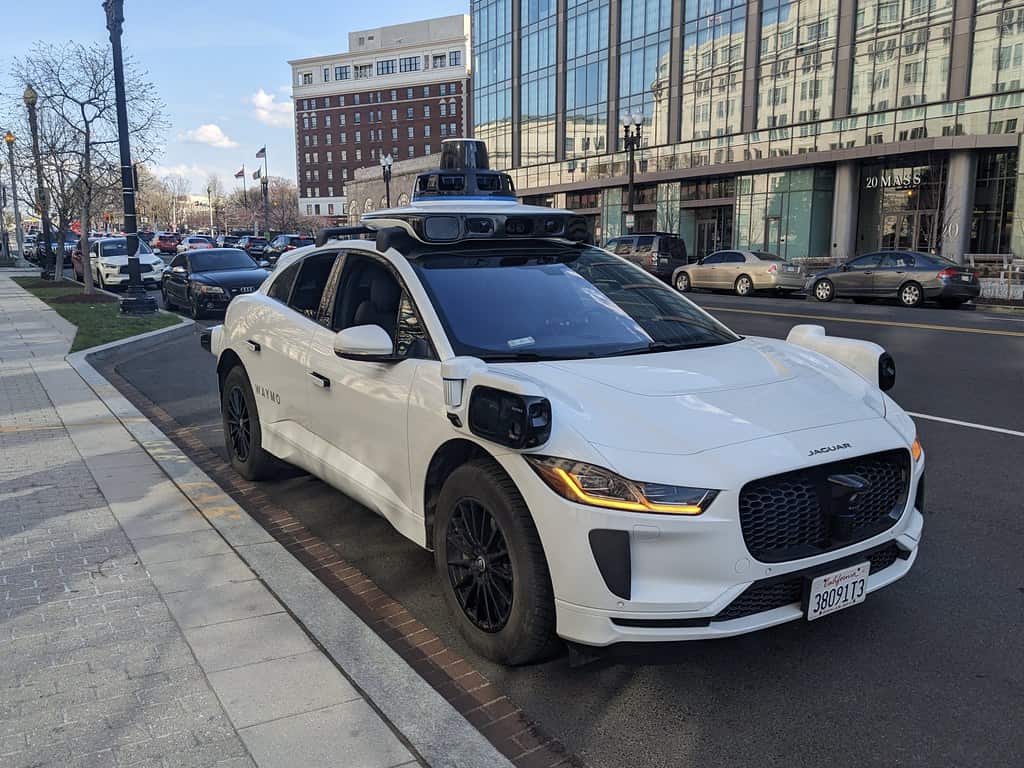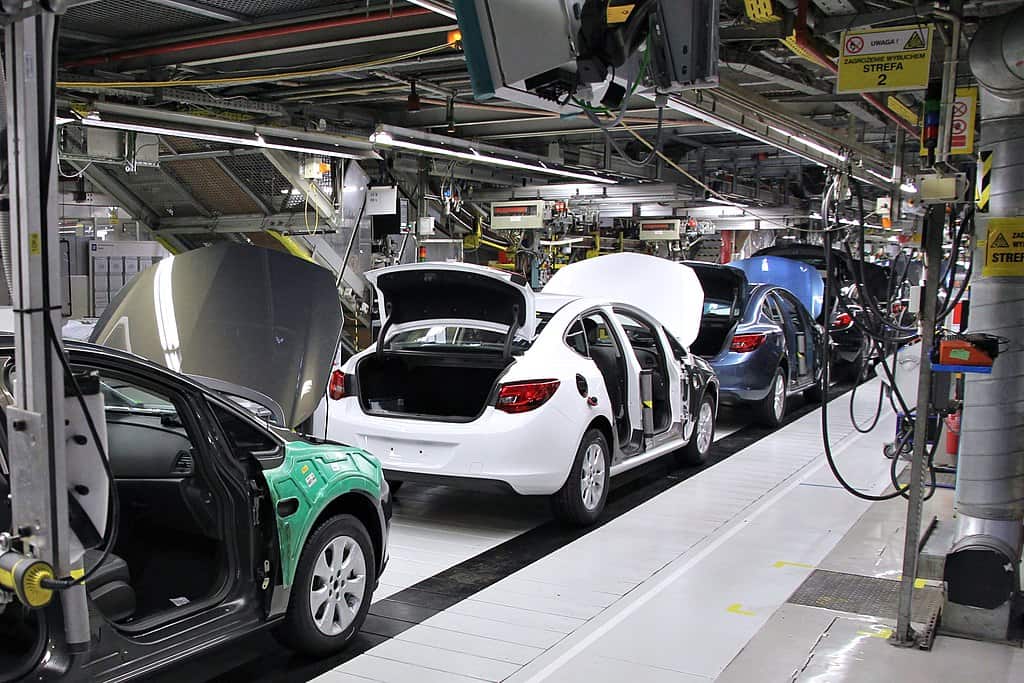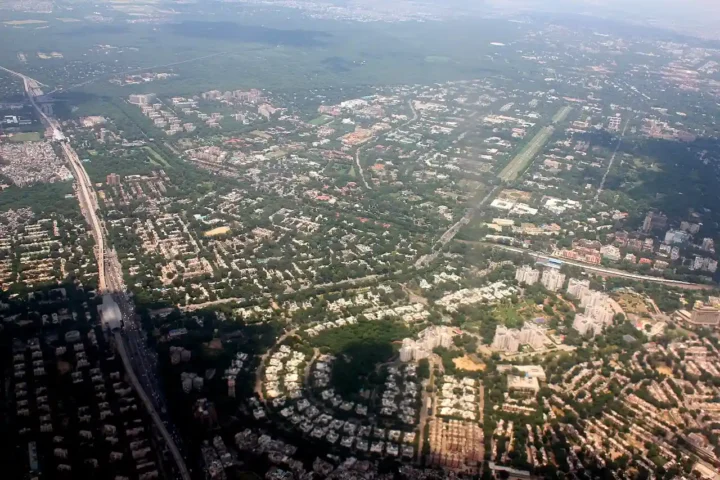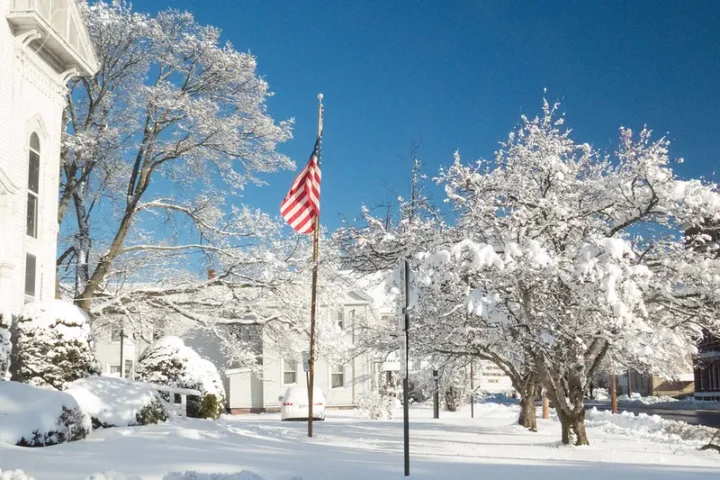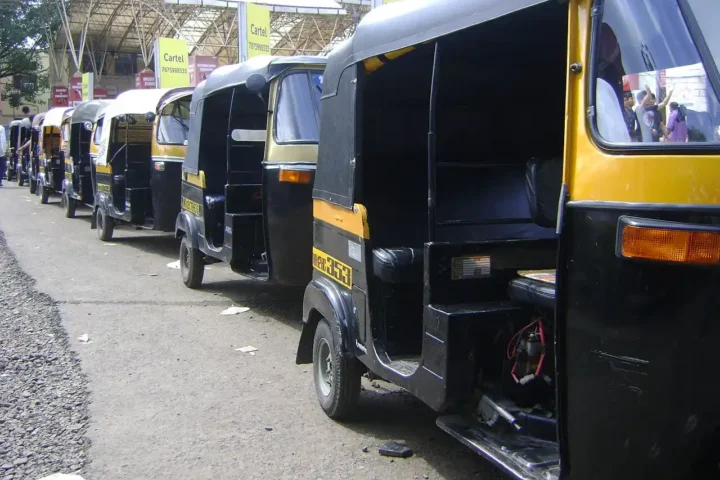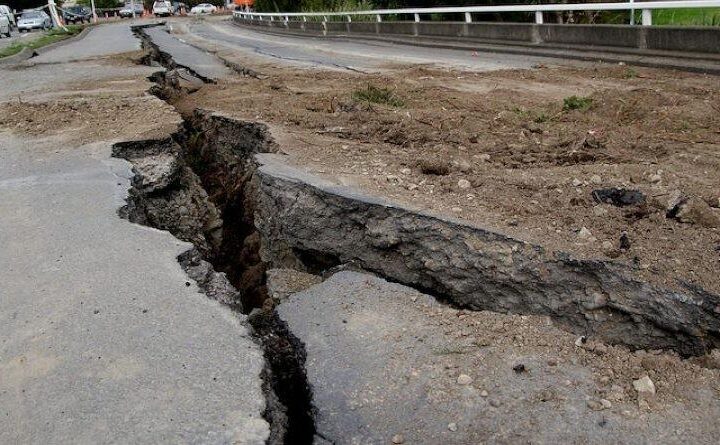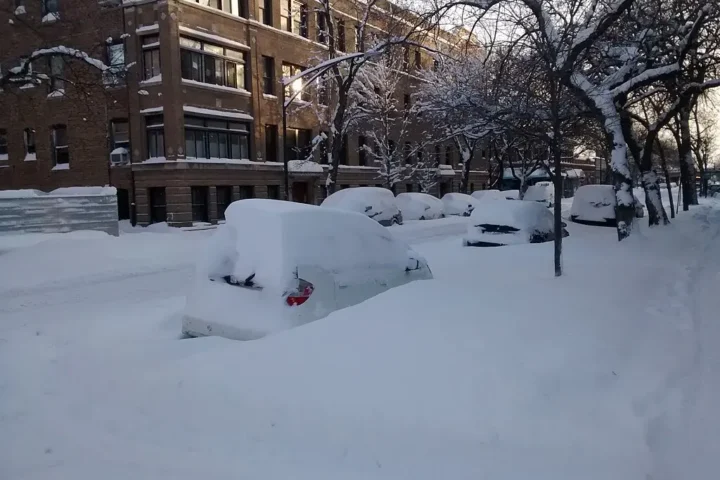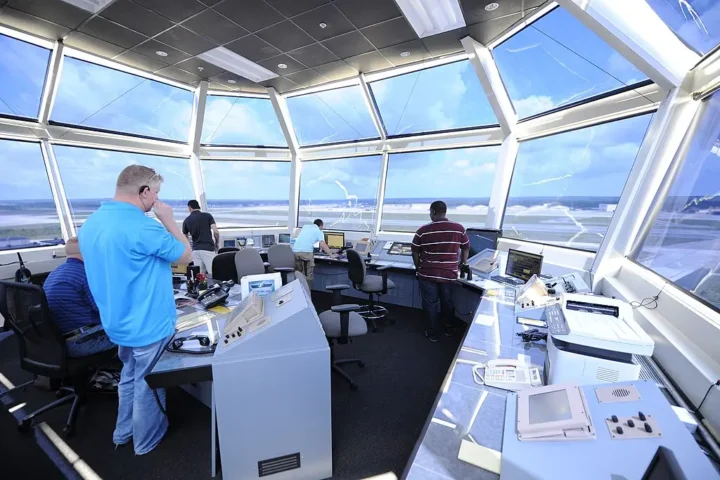The Metropolitan Transportation Authority is making significant progress in its battle against fare evasion, with subway fare dodging down 30 percent from mid-2024 to early 2025. Despite this improvement, the MTA still loses between $700 and $800 million each year from riders who don’t pay.
This fall, the agency will begin testing new high-tech fare gates at 20 subway stations across the city, replacing the familiar turnstiles that have been a fixture of New York’s transit system for decades.
“These numbers show that our comprehensive strategy to combat fare and toll evasion is working,” said Governor Kathy Hochul. “We will continue to use all the tools at our disposal to prevent fare evasion.”
Modern Solutions to an Old Problem
The MTA has selected four companies – Conduent, Cubic, Scheidt and Bachmann, and STraffic – to provide modern fare gates for testing. Each vendor will install their gates at five different stations.
These new gates feature glass sliding doors instead of horizontal bars and use advanced sensors and machine learning to detect and prevent unauthorized entry.
“They are very difficult to force open, hold open, or climb over,” explained Jamie Torres-Spring, President of MTA Construction and Development.
Eight of the test locations have been announced, including major hubs like Atlantic Avenue-Barclays Center, 14th Street-Union Square, and 42nd Street-Port Authority Bus Terminal.
If successful, the MTA plans to install these gates at 150 stations over the next five years, with an investment exceeding $1 billion. The agency aims to have 40 stations equipped with new gates by the end of 2026.
Similar Posts
Current Strategies Showing Results
While waiting for the new gates, the MTA hasn’t been idle. The agency has implemented several measures that are already making a difference:
- Installing “fins” and “sleeves” on existing turnstiles, which has cut jumping by 60 percent
- Fixing 90 percent of turnstiles to prevent “back-cocking” – a technique where fare evaders pull back the turnstile to squeeze through
- Placing delayed egress mechanisms on emergency exit gates at more than 70 stations, which forces people to wait 15 seconds before the gate opens
- Deploying security guards at stations, resulting in a 36 percent drop in fare evasion where they’re stationed
MTA Chair and CEO Janno Lieber emphasized the multi-faceted approach: “For the last two years, we’ve been attacking fare and toll evasion from all angles – hardening the system against fare beaters, simplifying fare payment, raising awareness about discounted fares, and doing more enforcement.”
Simplified Payment Systems
Another key part of the MTA’s strategy is making it easier for riders to pay. About 65 percent of subway and bus riders now use OMNY, the tap-and-go contactless payment system. The MTA plans to phase out MetroCards by the end of this year, which could save the agency around $20 million annually.
Looking ahead, the MTA will test a proof-of-payment system on buses in 2026, similar to systems used in other cities where riders can be randomly checked for valid fares.
Financial Impact
With 40 percent of the MTA’s operating budget coming from fares and tolls, fare compliance directly impacts the system’s ability to function properly. Recent efforts have helped boost fare revenue to $5 billion for 2024, an increase of $322 million from 2023. Overall fare revenue is up 67 percent compared to 2021.
The MTA’s first-ever Criminal Justice Advocate is working with District Attorneys to prosecute fare evasion cases, while the NYPD has stepped up enforcement with increased presence in the system.
“Every paid fare keeps the trains and buses running and supports a better transit system,” Hochul noted.
As the MTA works to improve service with shorter wait times and better performance, officials hope that making fare payment simpler and harder to avoid will help secure the funding needed to keep New York moving.
